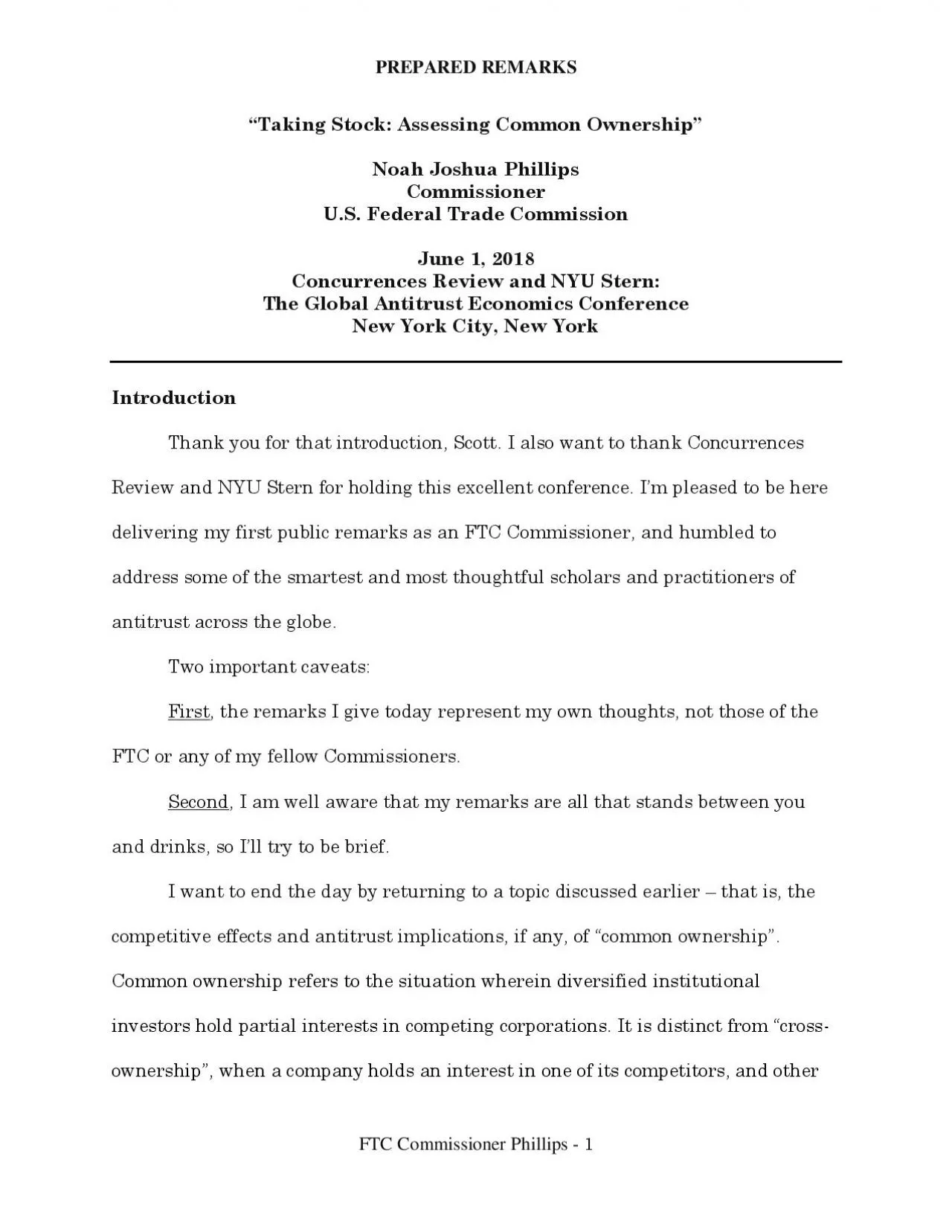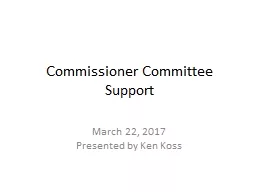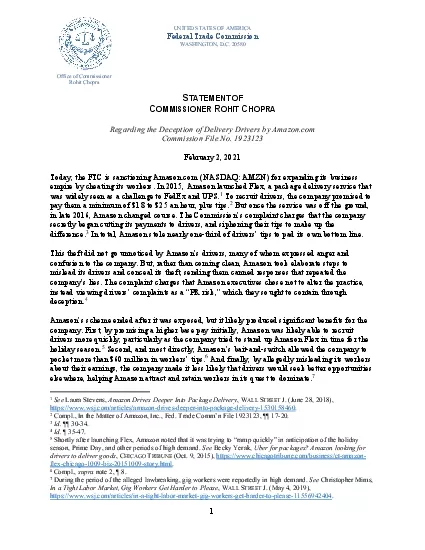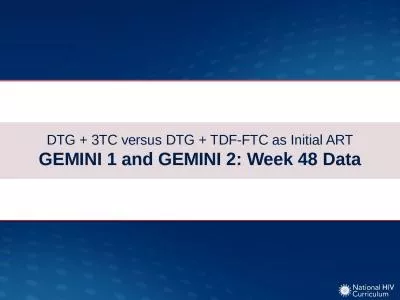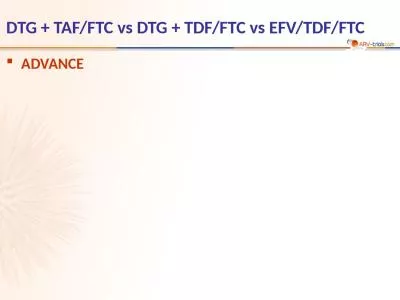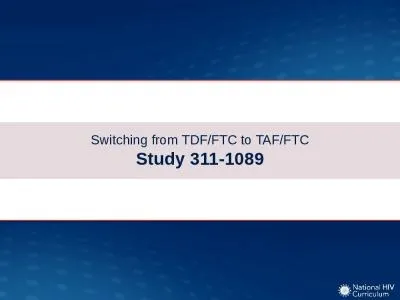PDF-PREPARED REMARKS FTC Commissioner Phillips Taking Stock Assessing Co
Author : hailey | Published Date : 2021-09-30
Introduction Thank you for that introduction Scott I also want to thank Concurrences Review and NYU Stern for holding this excellent conference Im pleased to be
Presentation Embed Code
Download Presentation
Download Presentation The PPT/PDF document "PREPARED REMARKS FTC Commissioner Philli..." is the property of its rightful owner. Permission is granted to download and print the materials on this website for personal, non-commercial use only, and to display it on your personal computer provided you do not modify the materials and that you retain all copyright notices contained in the materials. By downloading content from our website, you accept the terms of this agreement.
PREPARED REMARKS FTC Commissioner Phillips Taking Stock Assessing Co: Transcript
Download Rules Of Document
"PREPARED REMARKS FTC Commissioner Phillips Taking Stock Assessing Co"The content belongs to its owner. You may download and print it for personal use, without modification, and keep all copyright notices. By downloading, you agree to these terms.
Related Documents

